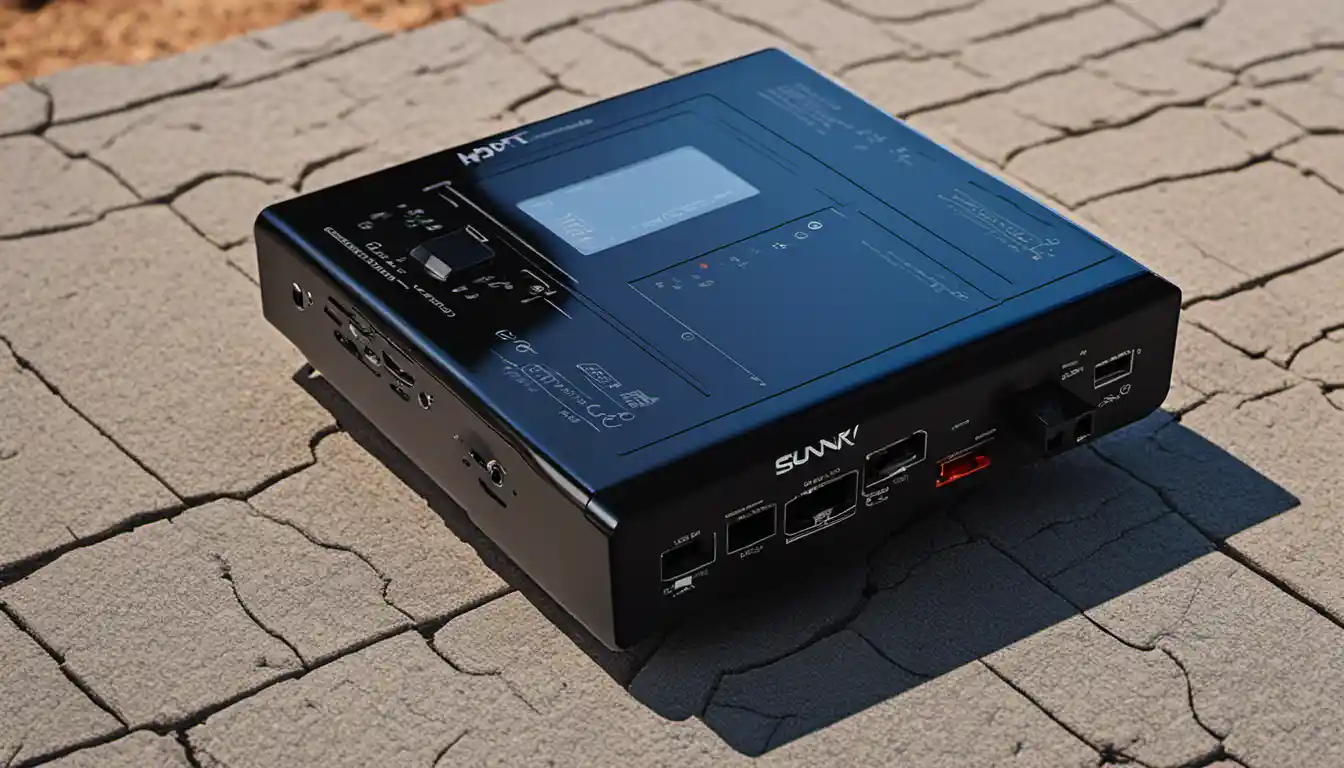Introduction to PWM Charge Controller
A PWM (Pulse Width Modulation) charge controller is a device used in solar power systems to regulate and manage the power going from the solar panels to the battery. It works by gradually reducing the amount of power supplied to the batteries as they approach full charge, this prevents overcharging and promotes the longevity of the batteries.
Definition of PWM Charge Controller
Imagine the excitement you feel as you unbox your shiny new gadget. Now, what if the charger provided continually overpowers your device beyond its maximum capacity? Chaos, isn’t it? This is where the PWM controller steps into the picture, kind of like the diligent referee in a football match. A PWM controller and your solar panel work together to ensure your batteries don’t face the same plight as our poor imagined gadget.
A PWM charge controller functions mainly to match the voltage of your solar panel system to that of your battery. In simpler terms, this device plays a key role in ensuring your battery doesn’t receive more power than it can handle while also maximizing the efficiency of your solar panels.
Importance of PWM Charge Controller in Solar Installations
Think of your solar installation as a large-scale play running daily at sunset. The solar panels are your actors, energetically soaking up the sun’s power during the acting, the batteries are the backstage crew, storing this energy for later use, and the PWM controller is the indispensible director, ensuring everything runs together smoothly. Without a reliable charge controller like the PWM controller, your solar power system may exceed its available capacity, resulting in inefficient battery storage and potential damage. Money down the drain isn’t the kind of solar energy you’re after, I bet!
The Working Principle of a PWM Charge Controller
Dedicated to answering “what is a PWM charge controller” and “how does a PWM charge controller work,” let’s dive headfirst into the workings of this essential device.
The Concept of Pulse Width Modulation

In the world of solar energy, Pulse Width Modulation (PWM) refers to the method of rapidly “pulsing” the full power on and off to your batteries. This pulsing adjusts to the batteries’ needs as they change, increasing in frequency as the battery nears full charge.
The Role of PWM in Bulk Charging
During the bulk phase – the first stage of charging – the PWM sends a series of short charging pulses to the battery, a rapid “on-off-on-off” rhythm supplying constant voltage. As the battery fills up on solar goodness (reaches about 80% charge), the PWM enters “float mode,” slowing the pulses down to maintain a steady charge and prevent overcharging.
The Difference Between PWM and MPPT Solar Charge Controllers
Picking the right charge controller is like choosing between two fantastic pizzas – each has its delicious toppings. Two of the most popular types of charge controllers, PWM and MPPT, each have their benefits. Let’s head to the /different-types-of-charge-controllers page to pick up some more in-depth knowledge.
Essential Characteristics of PWM Controllers
So, what makes a PWM charge controller stand out in the crowd of solar controllers? Firstly, PWM controllers are a cost-effective solution – kind of like that trusty, budget-friendly restaurant everyone has. Secondly, PWM controllers are ideal for small systems where the solar panel’s output voltage matches the battery bank’s voltage.
Essential Characteristics of MPPT Controllers

How about MPPT controllers? Well, they optimize the mismatch between solar panels and battery voltages, potentially providing 30% more power. However, this comes at a higher cost. Deciding between the two is a task requiring a careful assessment of your solar requirements and budget.
Major Differences and Comparison Between PWM and MPPT
While both have their strengths, the differences between PWM and MPPT controllers are stark. PWM functions as a switch between the battery and the solar panel, while an MPPT controller adjusts its input to harvest the maximum power from the solar panel. That said, MPPT controllers can be an overkill for small systems where the panel voltage matches the battery bank voltage, making PWM an ideal choice.
Why Choose PWM Charge Controller?
Scenarios Where PWM is More Applicable
A PWM charge controller is your go-to mate in cases such as mobile installations, where the system’s simplicity trumps the need for efficiency. Also advantageous for smaller systems, its usage means a smaller dent on your wallet. PWM steps up to the batting plate when the solar panel voltage matches the battery bank voltage, hitting a financial home run for budget-conscious solar converts!
Analyzing the Cost-Benefit Ratio of PWM Controllers

The low cost yet high efficiency of a PWM charge controller makes it an attractive option for smaller systems. While it may not bring the bang of an MPPT controller’s efficiency, it does offer a bang for your buck—proving that sometimes, less is indeed more.
Deciding the Best Charge Controller for Your Needs
Factors to Consider When Choosing Between PWM and MPPT
Deciding which controller best suits your needs echoes back to our pizza analogy. What are the must-haves on your solar power system menu? If maximizing efficiency at any cost (pun intended!) is your game, then go for the MPPT. If you need a budget-friendly, efficient solution for a smaller setup, the PWM is in your court.
Common Mistakes and Errors When Selecting a Charge Controller
Your eager leap into solar energy doesn’t have to symbolize a belly flop into the pool of thinking “bigger and more expensive is better.” In many cases, a PWM controller can fulfill your energy needs proficiently and economically. Chose smart, not hard.
And that, friends, concludes our deep dive into understanding “what is a PWM charge controller” and “how does a PWM charge controller work”. The next time you hear these questions, you’ll be the one showcasing expertise and illuminating the path to solar knowledge!



